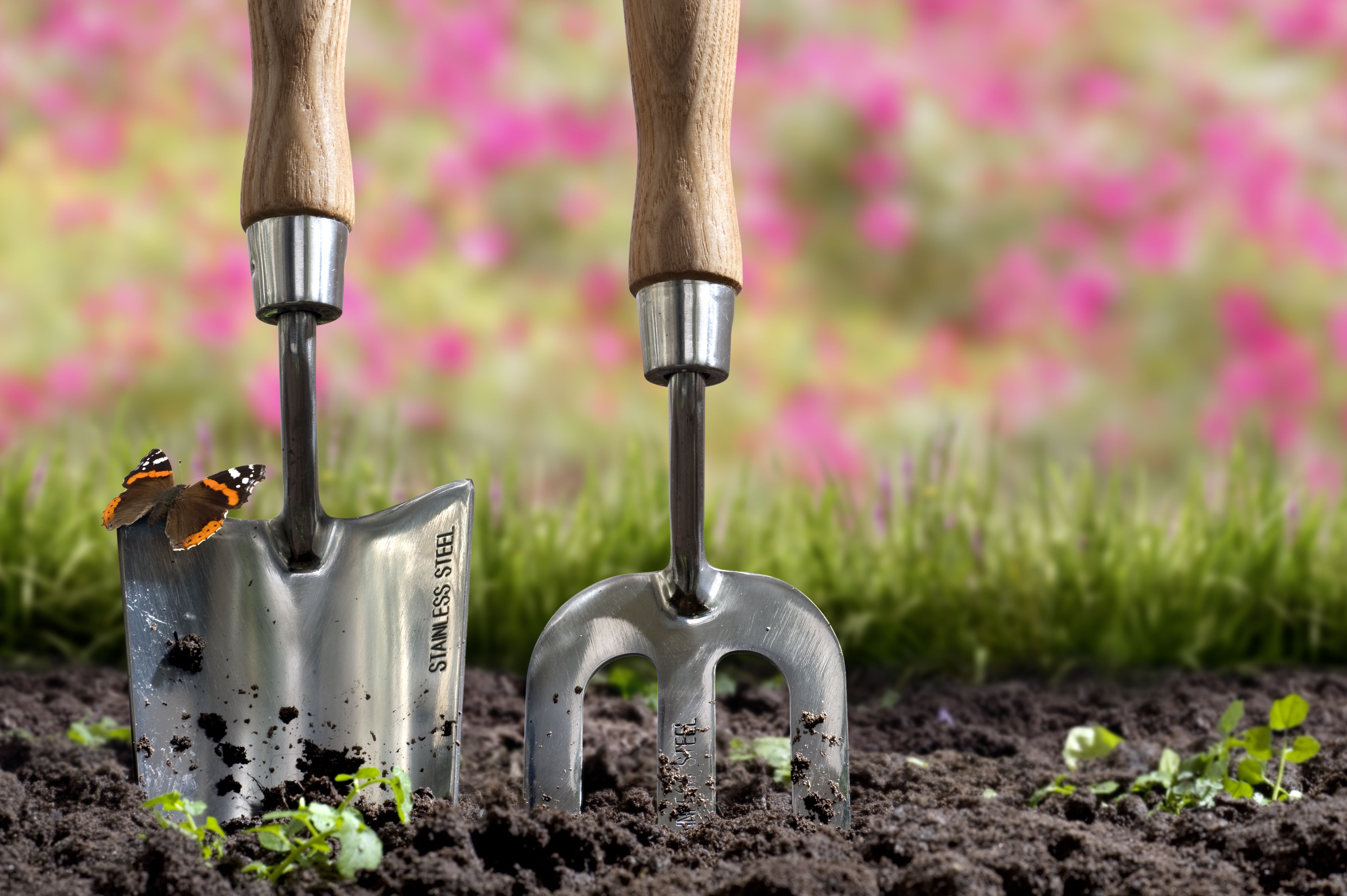The Comprehensive Guide to Horticulture: Discover the Advantages of Various Styles and Methods
Gardening includes a varied selection of designs and techniques, each offering one-of-a-kind benefits customized to private preferences and environmental contexts. As we explore these various styles, it becomes evident that the choices made can substantially affect both the garden's health and its contribution to the surrounding environment.
Comprehending Horticulture Essentials
Recognizing the basics of horticulture is crucial for cultivating a growing and sustainable garden. A successful gardening venture starts with a strong foundation of knowledge concerning dirt, plant selection, and environment considerations. Healthy dirt is the cornerstone of any kind of garden; it gives important nutrients, water retention, and an environment for valuable microorganisms - Gardening. Testing dirt pH and nutrient degrees can lead changes to maximize plant growth.
Picking the right plants is equally essential. Recognizing their certain demands-- such as sunlight, water, and spacing-- makes sure compatibility with the local climate and soil problems. This option procedure should likewise think about the development behaviors and lifecycle of plants, enabling a well balanced and aesthetically pleasing garden.
Furthermore, effective watering practices are critical. Over-watering and under-watering can both lead to plant tension and disease. Executing a schedule based upon seasonal changes and plant requirements can boost water performance.
Popular Horticulture Styles
What defines the significance of prominent gardening designs? Amongst the most popular designs is the home yard, identified by its casual format and a vivid variety of flowers and veggies.
Alternatively, the formal yard symbolizes symmetry and order, often including geometric patterns and thoroughly cut bushes. This design connects style and class, with very carefully selected plants that strengthen an organized aesthetic.
The Japanese yard provides a serene and reflective experience, utilizing natural environments like water, rocks, and plants to produce a serene environment. It concentrates on simpleness and equilibrium, urging contemplation.
Furthermore, xeriscaping has gained popularity, especially in deserts (Gardening). It focuses on drought-resistant plants and effective water usage, promoting sustainability while improving landscape elegance
Benefits of Container Horticulture
Container gardening uses a wide range of advantages that make it an enticing option for both amateur and knowledgeable garden enthusiasts alike. One of the primary advantages is flexibility; containers can be positioned in different areas, permitting gardeners to maximize sunlight exposure and produce aesthetically enticing arrangements. This flexibility makes it feasible to yard precede where standard in-ground horticulture may not be practical, such as verandas, patios, or urban atmospheres.
In addition, container horticulture supplies much better control over dirt problems. Garden enthusiasts navigate to this website can tailor the soil mix to suit specific plants, making sure ideal water drainage and nutrient availability. This is particularly useful for people staying in locations with inadequate or polluted soil.
One more significant advantage is the minimized risk of pests and diseases. Container plants can be checked a lot more easily, and any type of issues can be addressed promptly. Moreover, this method can decrease the spread of invasive varieties.
Lasting Gardening Practices
Lasting horticulture practices are necessary for promoting ecological wellness and boosting biodiversity in our communities. These techniques prioritize environmental equilibrium, resource preservation, and the use of natural methods to reduce adverse environmental impacts. By using methods such as composting, garden enthusiasts can reduce waste while improving soil wellness, thus cultivating a thriving yard ecological community.
Water conservation is one more essential aspect of sustainable horticulture. Strategies such as rainwater harvesting, drip irrigation, and making use of drought-resistant plants can dramatically reduce water use while ensuring that plants receive appropriate wetness. Incorporating indigenous plant species into garden designs supports regional wild animals and lowers the need for chemical plant foods and chemicals, which can be harmful to the environment.

Inevitably, lasting gardening practices not only add to healthier yards yet additionally promote a more durable environment, providing long-lasting advantages to both the garden enthusiast and the bordering community.
Tips for Effective Horticulture
To grow a thriving garden, gardeners must prioritize careful planning and thoughtful execution of their gardening techniques. Begin by assessing the local environment and soil problems, as these aspects dramatically influence plant selection and growth. Choose plants that are well-suited to your environment, considering native species that will thrive with minimal intervention.
Carrying out a well-structured format is crucial (Gardening). Utilize companion growing strategies to advertise biodiversity and natural bug control, while making certain each plant has adequate room for growth. This not only boosts aesthetic appeals Related Site however likewise original site improves total plant health
Regular upkeep is vital to an effective garden. Establish a constant routine for watering, weeding, and feeding. Mulching can aid maintain wetness and suppress weeds, while additionally including raw material to the dirt.
On a regular basis keeping track of plant wellness and development will enable for timely treatments. Be open to learning and adjusting; horticulture is a continual process that profits from experience and experimentation.
Final Thought


In recap, the expedition of diverse horticulture designs and approaches exposes their complex benefits, adding to both aesthetic allure and environmental health and wellness. Container horticulture uses flexibility and availability, while sustainable practices boost environmental stewardship. By incorporating different strategies and methodologies, garden enthusiasts can optimize their initiatives, promote biodiversity, and produce useful exterior spaces. Inevitably, this extensive overview functions as a useful source for cultivating effective gardening experiences, promoting a much deeper connection with nature and the surrounding ecosystem.
Comments on “Sustainable Gardening Practices for an Eco-Friendly Garden”